100 FACTS SERIES
T his hugely popular series continues to go
from strength to strength. Information is
supported by dramatic design and illustrated
with superb artwork and photographs. These
books celebrate their subjects and provide a
fun approach to learning.
100 numbered facts
encourage reading from
start to finish
Includes cartoons,
activities and quizzes
Cartoons on
every spread
Facts, activites and
quizzes throughout
48 pages
Ages 69
Sue Becklake
Consultant: Peter Bond
First published as hardback in 2002 by Miles Kelly Publishing Ltd
Hardings Barn, Bardfield End Green, Thaxted, Essex, CM6 3PX, UK
Copyright Miles Kelly Publishing Ltd 2011
Editorial Director: Belinda Gallagher
Art Director: Jo Brewer
Assistant Editor: Lucy Dowling
Volume Designer: John Christopher, White Design
Proofreader/Indexer: Lynn Bresler
Production Manager: Elizabeth Collins
Reprographics: Anthony Cambray, Liberty Newton, Ian Paulyn
All rights reserved. No part of this publication may be reproduced,
stored in a retrieval system, or transmitted by any means, electronic,
mechanical, photocopying, recording or otherwise, without the
prior permission of the copyright holder.
British Library Cataloguing-in-Publication Data
A catalogue record for this book is available from the British Library
ACKNOWLEDGEMENTS
The publishers would like to thank the following artists
who have contributed to this book:
Kuo Kang Chen, Alan Hancocks, Janos Marffy,
Martin Sanders, Mike Saunders, Rudi Vizi
Cartoons by Mark Davis at Mackerel
All other images from Miles Kelly Archives
Every effort has been made to acknowledge the source and
copyright holder of each picture. Miles Kelly Publishing
apologises for any unintentional errors or omissions.
www.mileskelly.net
info@mileskelly.net
www.factsforprojects.com
Space is all around the Earth, high above
the air. Here on the Earths surface we are
surrounded by air. If you go upwards, up a
mountain or in an aircraft, the air grows thinner
until there is none at all. This is where space
begins. Space itself is mostly empty but there are
many exciting things out there such as planets,
stars and galaxies. People who travel in space are
called astronauts.

In space, astronauts wear
spacesuits to go outside the
space shuttle as it circles the
Earth. Much farther away are
planets, stars and galaxies.
Prominence
The Sun is our nearest star.
It does not look like other stars because
it is so much closer to us. Most stars
are so far away they look like
points of light in the sky. The
Sun is not solid like the Earth,
but is a giant ball of superhot
gases, so hot that they glow
like the flames of a bonfire.
Nothing could live on Earth
without the Sun. Deep in its
centre the Sun is constantly making
energy which keeps its gases hot
and glowing. This energy works its
way to the surface where it escapes
as heat and light. Without it the
Earth would be cold and dark with
no life at all.
Solar flare
The Sun is often spotty.
Sunspots appear on the surface, some
wider than the Earth. They look dark
because they are cooler than the rest of the
Sun. Solar flares, explosions of energy, suddenly
shoot out from the Sun. The Sun also throws huge
loops of gas called prominences out into space.
Sunspot

The Suns hot, glowing gas is always on the move, bubbling up to
the surface and sinking back down again.
When the Moon hides the Sun there
is an eclipse. Every so often, the Sun, Moon
and Earth line up in space so that the Moon
comes directly between the Earth and the
Sun. This stops the sunlight from reaching
a small area on Earth. This area grows dark
and cold, as if night has come early.

When the Moon casts a
shadow on the Earth, there
is an eclipse of the Sun.

When there is an eclipse,
we can see the corona
(glowing gas) around the Sun.
Sun
I DONT
BELIEVE IT!
The surface of the Sun is
nearly 60 times hotter than
boiling water. It is so hot it would
melt a spacecraft flying near it.
WARNING:
Never look directly at the Sun
especially through a telescope or
binoculars. It is so bright it will
harm your eyes or even make
you blind.
Moon
Shadow of
eclipse
Earth
The Sun is surrounded by a family of circling planets
called the Solar System. This family is held together by an
invisible force called gravity, which pulls things towards
each other. It is the same force that pulls us down to the
ground and stops us from floating away. The Suns gravity
pulls on the planets and keeps them circling around it.
The Earth is one of eight planets in the Suns family. They
all circle the Sun at different distances from it. The four planets nearest
to the Sun are all balls of rock. The next four planets are much
bigger and are made of gas and liquid. The tiny dwarf planet
at the edge of the Solar System, Pluto, is a solid, icy ball.
Moons circle the planets,
travelling with them round the Sun.
Earth has one Moon. It circles the Earth
while the Earth circles round the Sun.
Pluto also has one moon. Mars has two
tiny moons but Mercury and Venus have

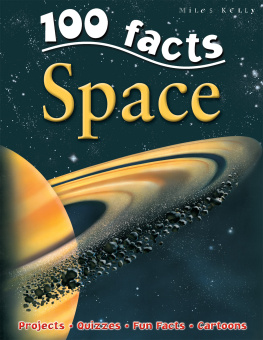
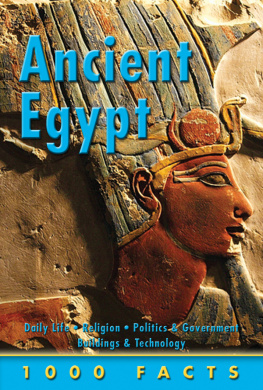
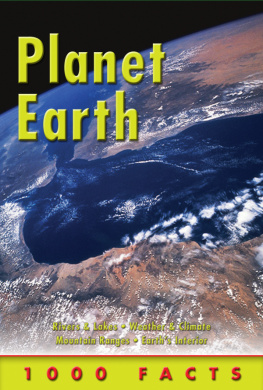


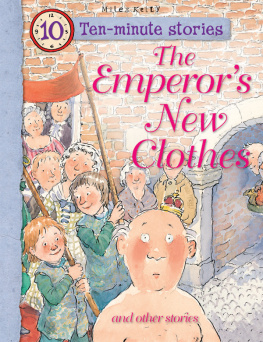

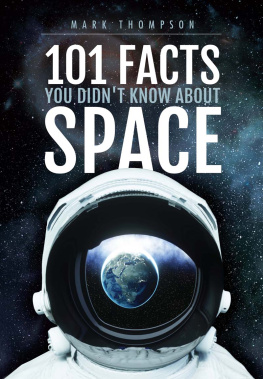
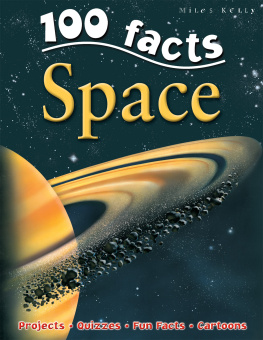




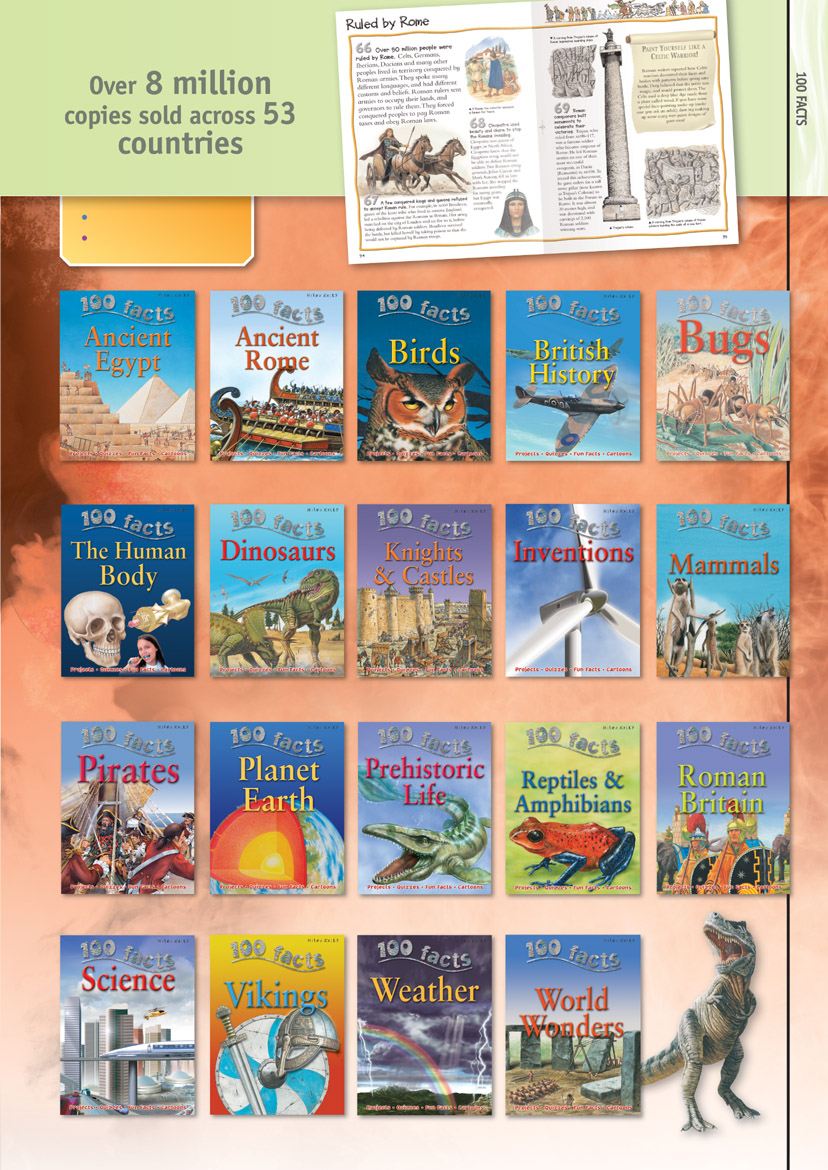



 In space, astronauts wear
In space, astronauts wear

 The Suns hot, glowing gas is always on the move, bubbling up to
The Suns hot, glowing gas is always on the move, bubbling up to
 When the Moon casts a
When the Moon casts a